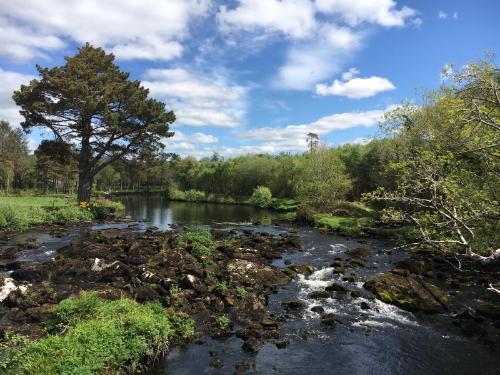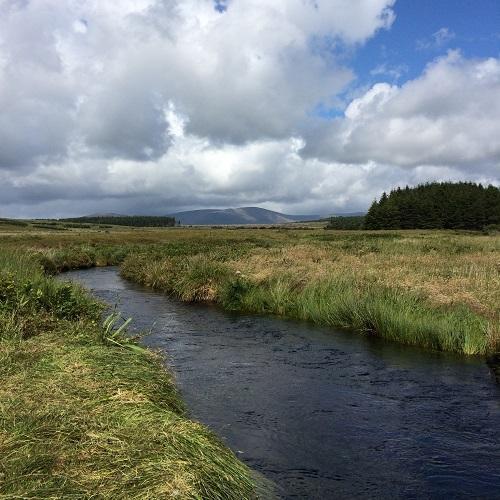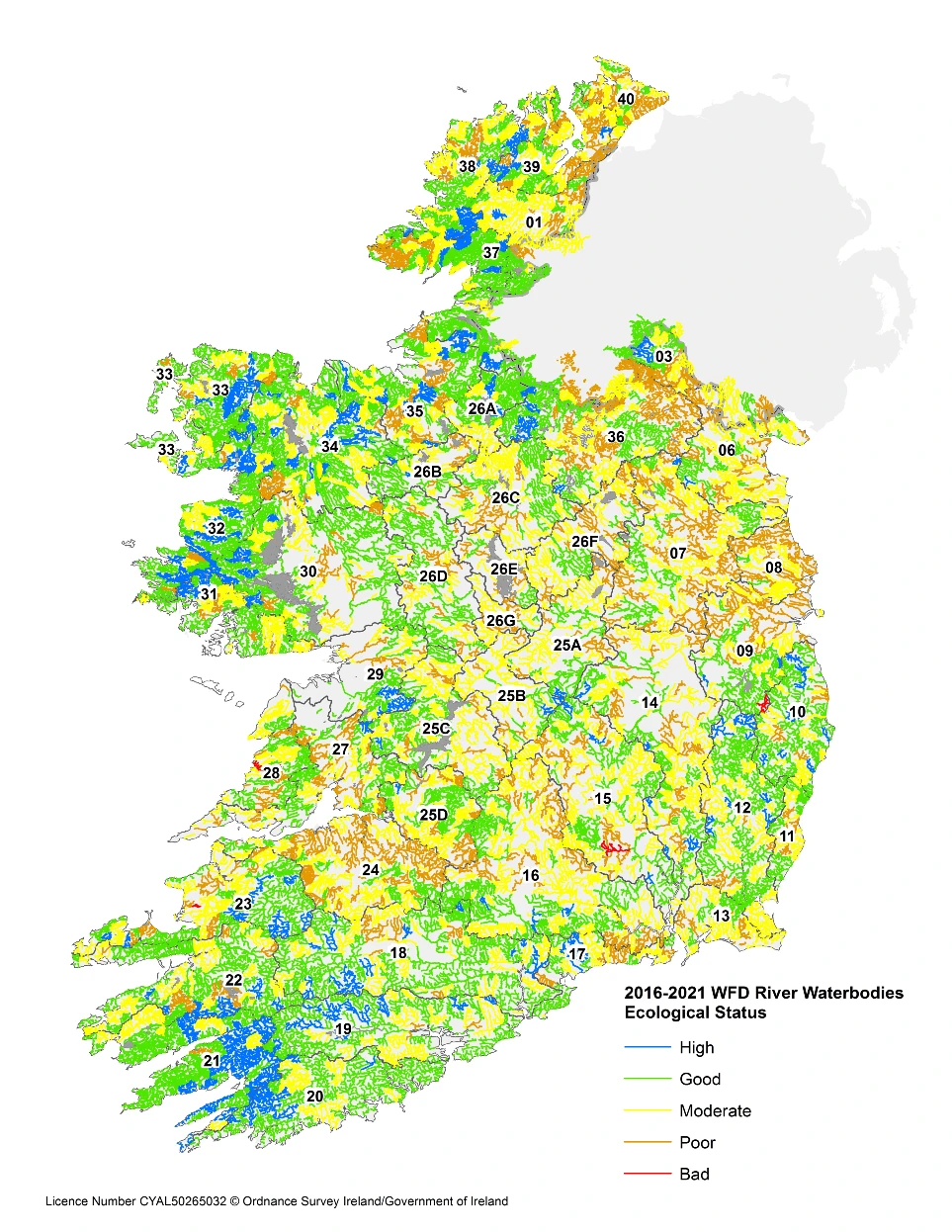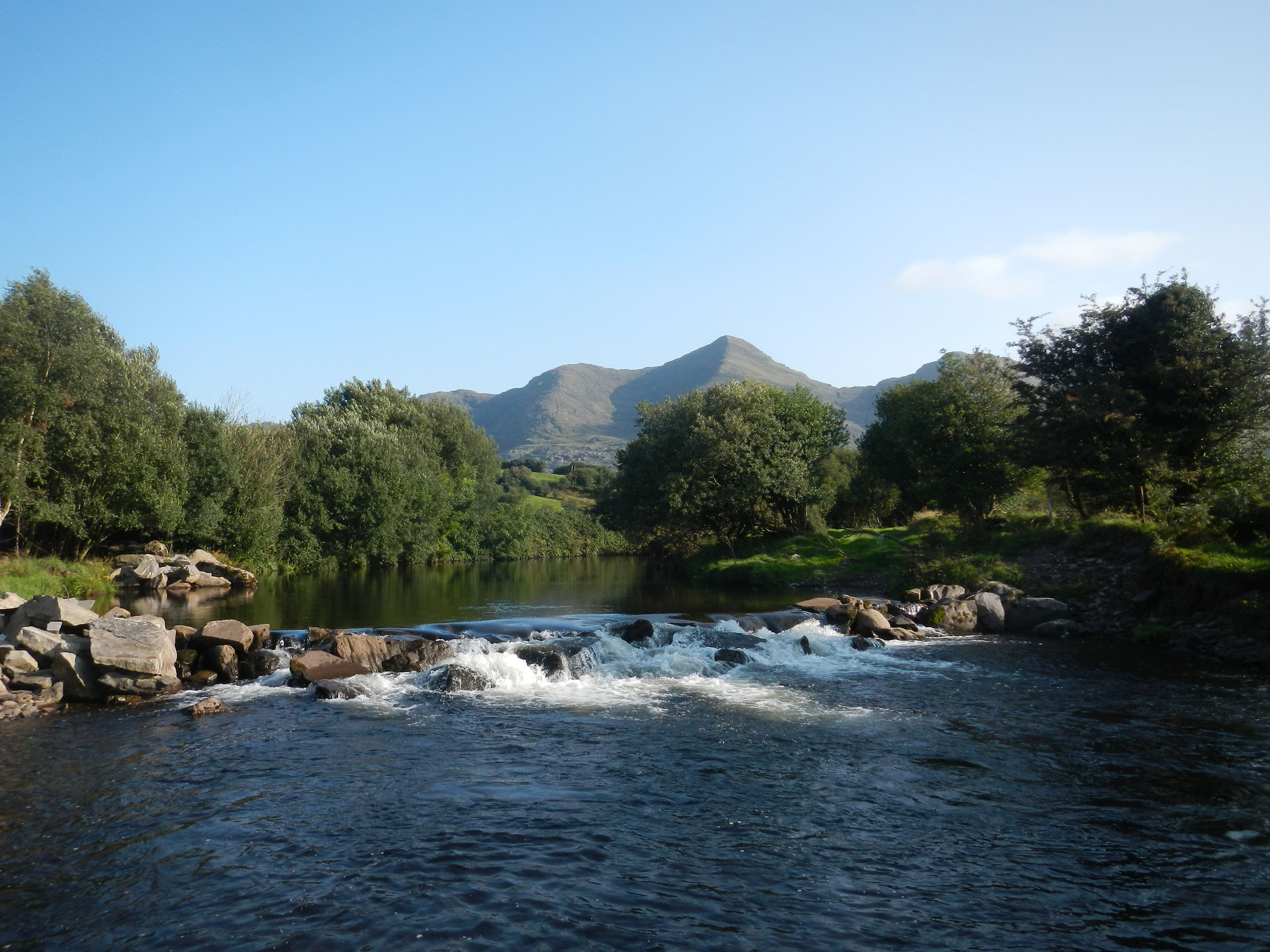
The national rivers monitoring programme is run by the EPA and focuses on the main river channels, rather than smaller streams. The programme includes more than 2,800 sites sampled for biology. Almost half of these are also sampled for physical (e.g. oxygen content) and chemical (e.g. nitrogen and phosphorus) parameters.
What is monitored?
The biological monitoring assesses:
The physical and chemical parameters measured in the field and laboratory include:
The hydrological parameters include water level and flow.
The biology is monitored once every three years, while the physical and chemical parameters are measured several times a year. We monitor river levels and flows continuously, and any changes in the physical structure of the river channel are also recorded.
For technical information on our survey methods and our detailed monitoring programme, please see our report.

River water assessment
Healthy rivers are an important natural resource as they:
The quality of our most polluted rivers has improved when there has been:
Nevertheless, while river water quality in Ireland compares favourably to that in Europe, we continue to see a worrying trend in the loss of our highest quality river sites and an increase in the number of poor quality sites.
The water quality at half (50%) of the monitored river water bodies in Ireland is categorised as being at ‘good’ and ‘high’ ecological status. The remaining half are at less than good (50%). Almost one fifth (18.5%) of monitored river water bodies are in poor or bad status and are severely polluted. There has been a 1% decline in the ecological health of monitored river water bodies since the 2013-2018 period,
Excess nutrients, such as phosphorus and nitrogen, cause the most problems for the ecology in Irish rivers, so it is important to minimise nutrient losses to water. Irish rivers also face threats from:

The ecological status of rivers in Ireland 2016 to 2021 with hydrometric areas numbered.
You can also download results from our assessments by hydrometric area here.

Catchments.ie shares science and stories about our waters. This includes the Catchments Newsletter, detailed assessments for our 46 catchments and 583 sub catchments, downloadable chemistry data, and dashboards for an overview of status, pressures, impacts and objectives.
-500x262.webp)
EPA Maps enables you to view environmental information interactively on a map. It includes the latest data on water quality.